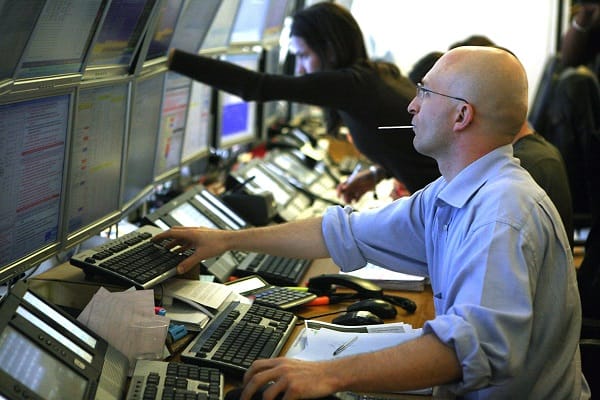Eurozone inflation rose from 1.7% to 2.0% in October, while core inflation held steady at 2.7%. Unemployment also dropped to a fresh record low for the euro area, at 6.3%.
It was no secret that inflation would rise towards the end of the year and, while the sudden uptick in food prices is surprising, it looks more like an anomaly to me.
Services are still sticky, but the report remains in line with core inflation settling around the 2% mark at some point next year.
The last ECB meeting heralded a shift in focus for policymakers from the current state of inflation to prospects for growth, and the surprise drop in unemployment corroborates yesterday’s GDP data in illustrating that there is little to panic about just yet.
A big concern underpinning the risks of inflation undershooting the target was a potential tipping point with the labour market, the surprising resilience of which could be at risk of a sharp unwind in labour hoarding if consumption worsens. That concern is no longer so significant.
Back-to-back 25bp moves are the way to go. The need for below-neutral rates to rescue a contracting eurozone economy is fading from the discussion, and that negates the need to hurry the easing cycle, particularly with services inflation struggling to come unstuck.

